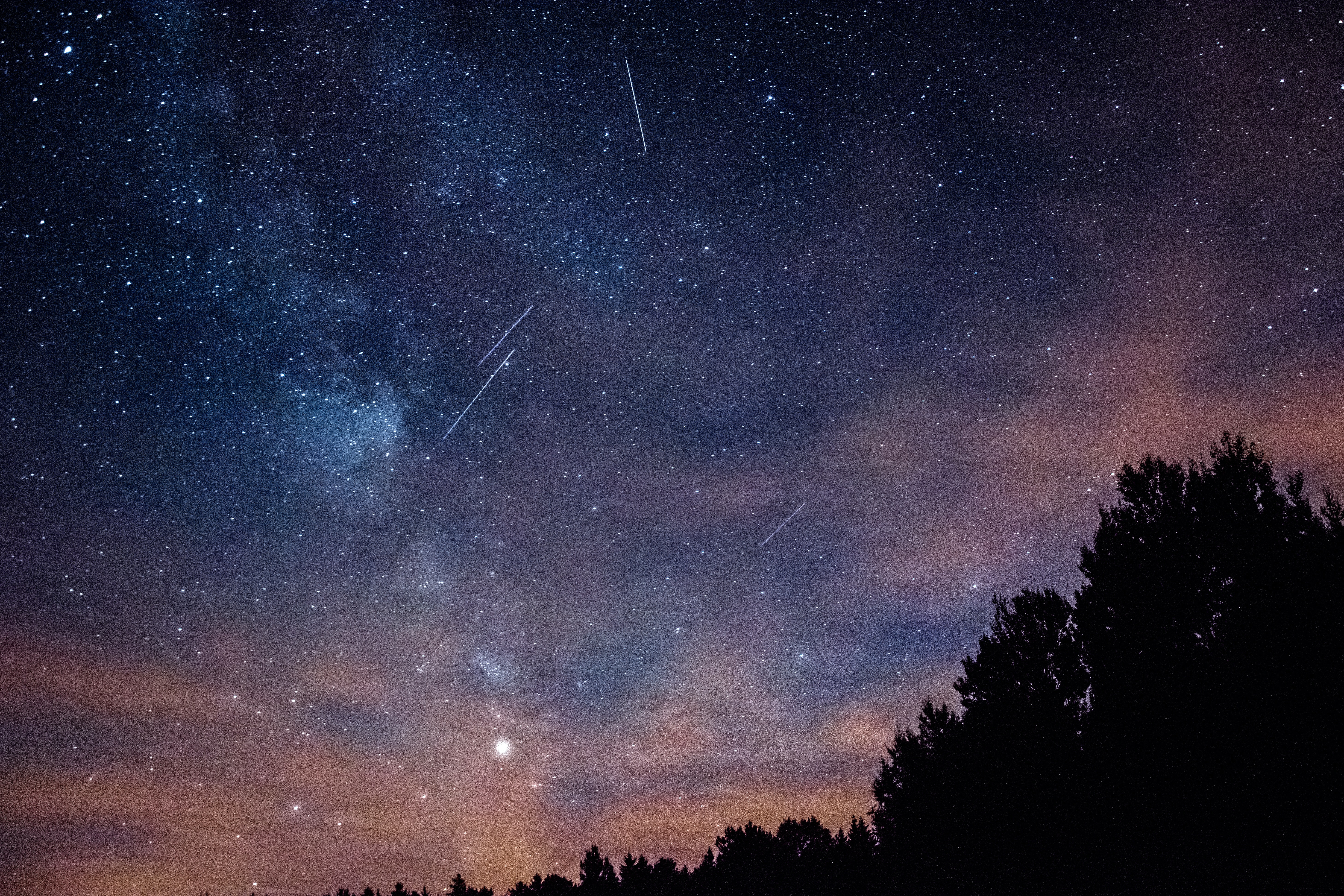
Craveology Cafe and the North Star Science Store are temporarily closed for renovation.

Lyrid meteors will peak overnight on Tuesday, April 21, into the early hours of Wednesday, April 22, and they may be seen any night through April 25. This year, the Lyrid meteor shower coincides with the new moon, giving you plenty of chances to see these celestial streakers with no lunar interference.
What are the Lyrids?
The Lyrids, which peak during late April every year, are one of the oldest known meteor showers—they have been observed for 2,700 years! The first recorded sighting of a Lyrid meteor shower goes all the way back to 687 BCE.
The Lyrids are known for their fast and bright meteors, though not as fast or as plentiful as the famous Perseids in August. In general, 10-20 Lyrid meteors can be seen per hour during their peak and they frequently leave glowing dust trails behind them as they streak through the Earth's atmosphere, which can be seen for a few seconds.
What is a meteor shower?
Meteors come from leftover comet particles and bits from broken asteroids. When comets come around the sun, they leave a dusty trail behind them. Every year the Earth passes through these debris trails, which allows the bits to collide with our atmosphere where they disintegrate to create fiery and colorful streaks in the sky. The pieces of space debris that interact with our atmosphere to create the Lyrids originate from comet C/1861 G1 Thatcher, discovered in 1861 by A. E. Thatcher.
Where can you find them?
Their radiant, or the point in the sky from which the Lyrids appear to come from, is the constellation Lyra. And, the Lyrids appear to particularly radiate out from the star Vega, which is the brightest star within this constellation. Even though the meteor shower is named after the constellation Lyra, its name is just to help viewers to determine which shower they are viewing. The constellation is not the source of the meteors.
Image Credit: NASA
Resources
https://solarsystem.nasa.gov/asteroids-comets-and-meteors/meteors-and-meteorites/lyrids/in-depth/
https://www.space.com/23315-lyrid-meteor-shower.html